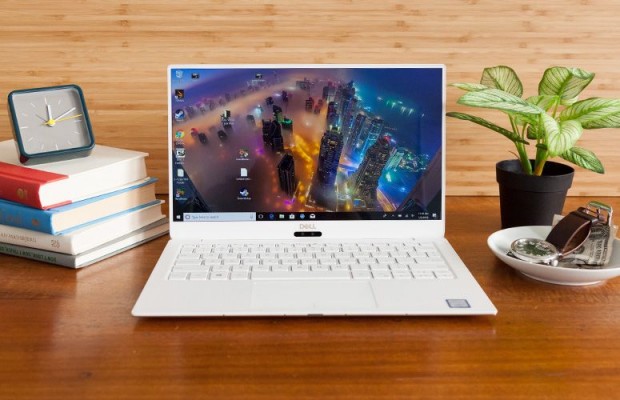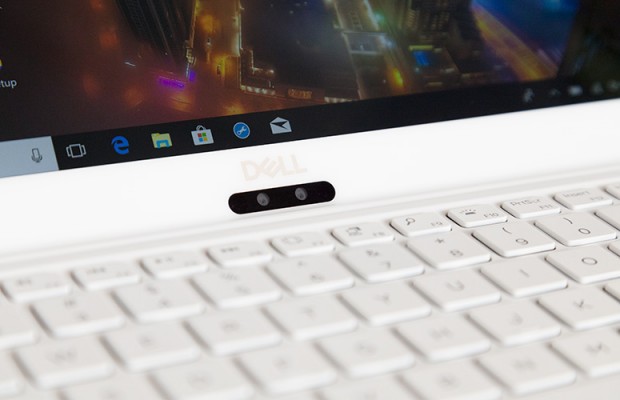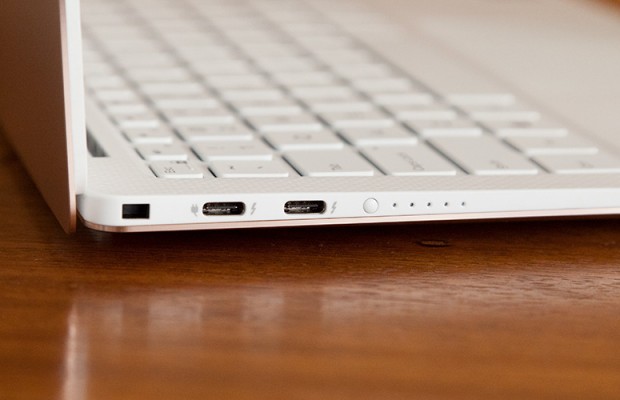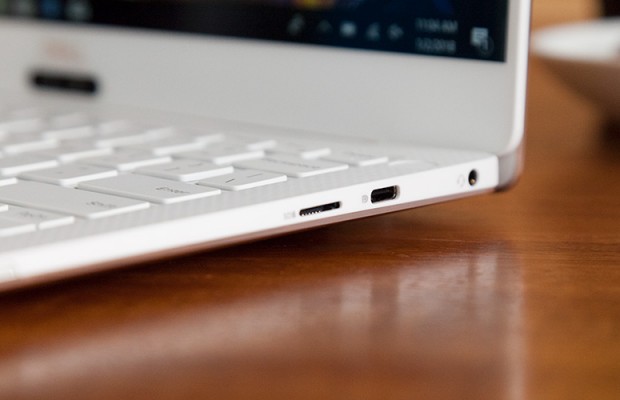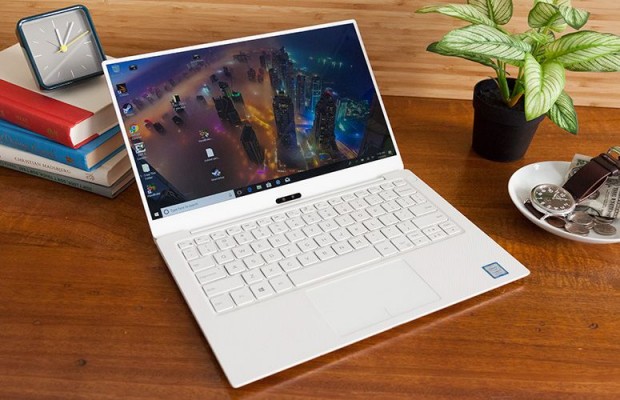Dell XPS 13 2019: Here's What We Really Want
The Dell XPS 13 (9370) has been our best laptop for all of 2018, which is saying a lot because there were plenty of great machines released this year. Despite a wave of strong competitors, nothing quite matched this ultraportable's premium design, stunning edge-to-edge display, beefy performance and long battery life.
And yet, there is definitely room for improvement on Dell's flagship laptop. Here's what we'd like to see on the 2019 version of the Dell XPS 13.
Dell XPS 13 2019: Release date and price
Last year Dell unveiled the XPS 13 during CES 2018 in January, and we expect the new model to launch during the same time frame this year. As for how much you'll pay, the current XPS 13 9370 starts at $949 for a Core i5 model. There was a cheaper Core i3-powered version that started at $849, but that's not currently not available. Expect the 2019 XPS 13 price to be in the same ballpark.
Our XPS 13 2019 Wish List
No more nose webcam
At first, we totally understood the trade-off. In order to achieve such minimal bezels around the InfinityEdge display, Dell decided to place the webcam underneath the screen. But the resulting placement means that other people are forced to look at your chin and up your nose during video calls.
Sign up to receive The Snapshot, a free special dispatch from Laptop Mag, in your inbox.
Dell clearly needs to devise a design that retains the edge-to-edge screen while putting the webcam in the right spot. There are a number of ways to accomplish this goal, including designing a smaller camera or perhaps putting a small punch hole in the screen where the camera resides, similar to what Samsung is reportedly attempting with the Galaxy S10 phone.
Whatever Dell decides to do, it is now time to make a change.
A full-size USB A port?
The Dell XPS 13's slim 0.46-inch profile houses two Thunderbolt 3 ports on the right and a USB-C port and microSD Card slot on the left along with a headphone jack.
That's it. So if you want to plug in a peripheral that uses a regular USB-A port, you're out of luck.
We'd be willing to live with a slightly thicker design on the XPS 13 if it meant having to schlepp around less dongles. But you shouldn't hold your breath for such a design change.
Whiskey Lake processors
This one is a no-brainer. The XPS 13 9370 is powered by Intel’s 8th-gen processors (Kaby Lake Refresh), but Dell will likely upgrade to the newer Whiskey Lake chips. These 14-nanometer CPUs promise twice the performance of a 5-year-old Intel laptop and 1.8x better web performance. Tasks like video editing could be nearly three times as fast.
MORE: Intel Whiskey Lake and Amber Lake Revealed
However, you shouldn't expect huge performance gains from the 2019 XPS 13 versus laptops that are 1 to 2 years older.
Make the lid easier to open
If you look at Dell's own forums, you'll find people complaining that the lid on the XPS 13 is difficult to open, as there's no lip or indentation that's easy to find by feel.
The previous version of the XPS 13 generated similar complaints on Reddit. A small tweak to the 2019 XPS 13 design could go a long way toward making this laptop easier to use.
OLED Display, pretty please?
Look, this one could be a long shot. But Dell was the first to debut an OLED display on a laptop with the Alienware 13. Who wouldn't want to enjoy perfect blacks, rich-as-hell colors and ultrawide viewing angles to go along with the InfinityEdge's crazy-slim bezels? No one, that's who. Maybe Dell could make a special edition XPS 13 with OLED for those willing to spend big bucks.
Outlook
I don't think Dell is going address all the items on our wish list, but even fixing the webcam would make a lot of shoppers happy who might otherwise write off this system. Stay tuned for our full coverage at CES 2019 to see if Dell debuts the new XPS and what improvements make the cut.
Credit: Laptop Mag

